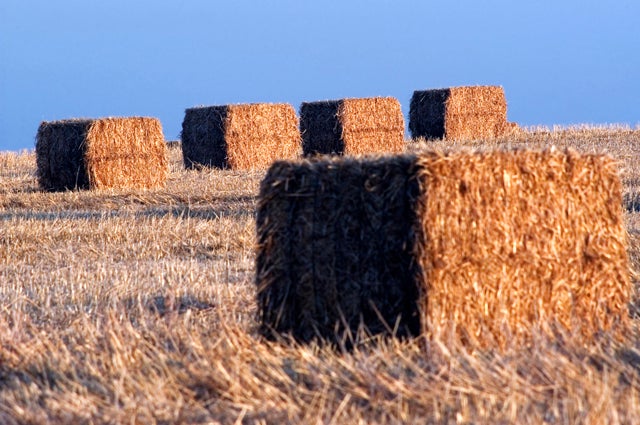The U.S. Department of Agriculture has doled out millions of dollars in subsidies to farms on which farming isn’t actually taking place, according a new report from government watchdogs. Billions more have gone towards supporting farms that don’t grow the crops for which they’re being subsidized.
USDA gave nearly $3 million last year to 2,327 farms that had not grown any crops since 2006, according to the report, released last week by the Government Accountability Office. Of those farms, 622 had not grown any crops since 2001.
According to GAO’s analysis,
about 2,300 farms, or about 0.15 percent of the 1.6 million farms receiving direct payments in 2011, reported all their land as “fallow,” that is, producers did not plant any crops of any type on this land, for each year of the last 5 years (i.e., 2007 through 2011), as allowed under the farm bill. These producers received a total of about $2.9 million in direct payments in 2011…
In addition, according to our analysis of USDA data, 622 farms reported all of their farm’s acreage as fallow for each of the previous 10 years, from 2002 through 2011.
While some farms were receiving subsidies without actually growing crops, others got billions even though they didn’t grow the crops for which they were being subsidized, GAO reports:
Cumulatively, USDA paid $10.6 billion—almost one-fourth of total direct payments from 2003 through 2011—to producers who did not, in a given year, plant any of the crop for which they had base acres. Specifically, during this period, producers cumulatively did not plant more than 633 million acres with the crops associated with their base acres in a given year. This amounted to an average of 70 million acres each year, or 26 percent of the 268 million base acres on average that are annually eligible for direct payments.
GAO concludes with a simple policy prescription: “In light of the need to identify potential savings in the federal budget and questions about the continued need for direct payments, Congress should consider eliminating or reducing [direct subsidy] payments.”
In fact, both the House and Senate versions of the legislation contain provisions that would eliminate these direct payments in favor of expanded crop insurance subsidies.
GAO also recommends enhanced screening techniques to weed out non-farm land from USDA’s subsidy programs. The agency accepted some of those recommendations, but rejected a proposal to gather a more representative and comprehensive sample of farms that benefit from federal subsidies to confirm that those farms are still in operation.






























